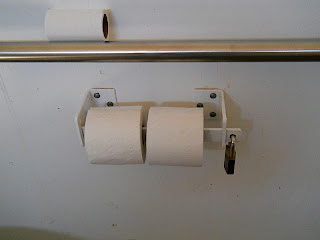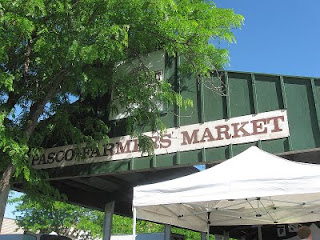 |
| Montana Territorial Prison guard tower |
I went to Yellowstone National Park for the first time when I was eight years old. We made a loop journey from Portland, traveling through southern Idaho on our way to America's most loved park. We came back through western Montana. There was no Interstate 90 back then, and we drove right down the main street of Deer Lodge, Montana.
It was a frightening experience. The road took us right by the Montana State Prison, complete with convicts hanging out the barred cell block windows screaming obscenities at people driving or walking on the street below. I remember we stopped to eat lunch at a restaurant across the street from the prison. I was too frightened to eat anything because I was afraid the prisoners would get out and kill us.
It would be more than 50 years before I got up the courage to drive through Deer Lodge again. Thankfully, the construction of I-90 bypassing the town meant I didn't have to go through this ordeal again whenever I headed east.
When we went to Yellowstone last September, my husband and I detoured into Deer Lodge specifically to tour the old prison, now called the Montana Territorial Prison Museum. The prison is still as imposing as ever, a stone fortress sitting in the middle of a small Montana town. Only now instead of convicts, the prison is full of tourists wanting a glimpse of Montana's lawless past.


















